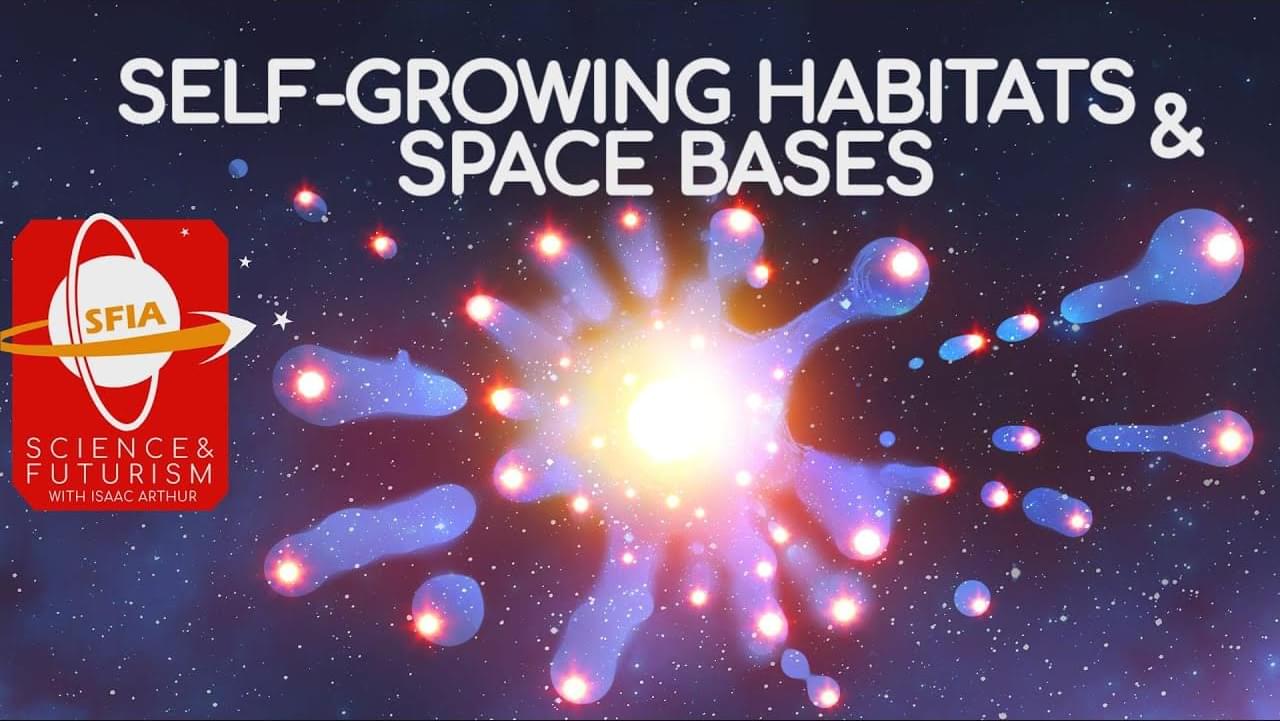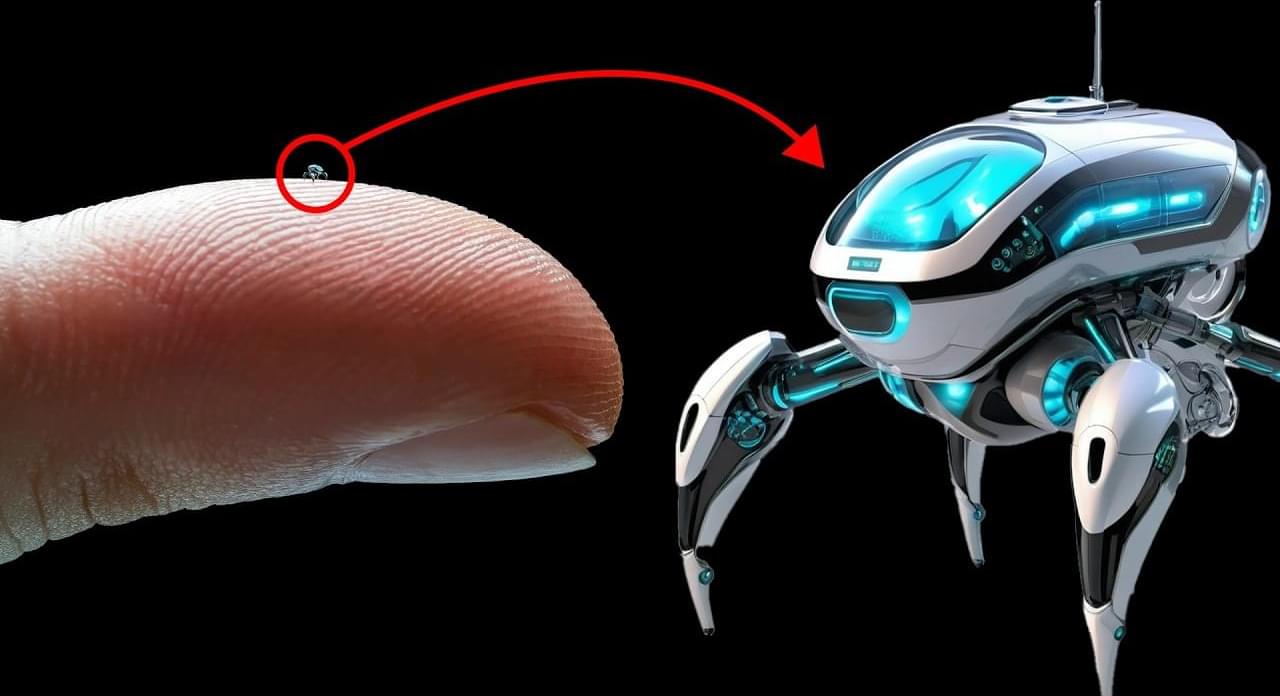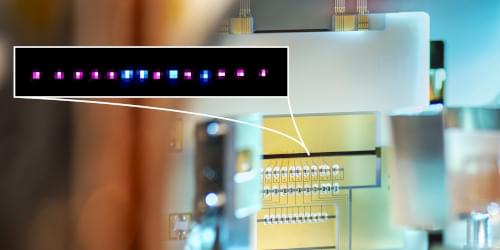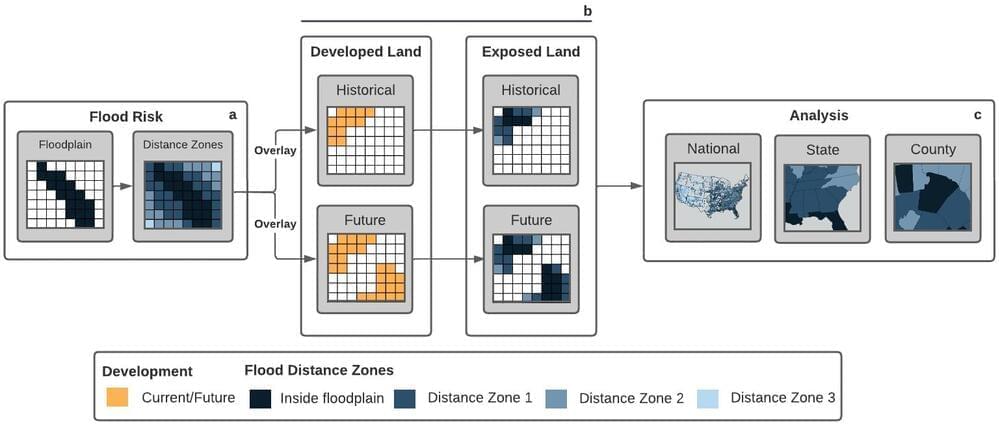In the future we will build outposts and bases in space and on distant worlds, but what if we could make it so they built themselves instead?
Visit https://brilliant.org/isaacarthur/ to get started learning STEM for free, and the first 200 people will get 20% off their annual premium subscription.
Check out the Namibia Bio-Hab Project: https://www.bio-hab.org/
and Redhouse Studio’s myco-blocks: https://www.redhousestudio.net.
Join this channel to get access to perks:
/ @isaacarthursfia.
Visit our Website: http://www.isaacarthur.net.
Join Nebula: https://go.nebula.tv/isaacarthur.
Support us on Patreon: / isaacarthur.
Support us on Subscribestar: https://www.subscribestar.com/isaac-a… Group: / 1,583,992,725,237,264 Reddit:
/ isaacarthur Twitter:
/ isaac_a_arthur on Twitter and RT our future content. SFIA Discord Server:
/ discord Credits: Self-Growing Habitats & Space Bases Science & Futurism with Isaac Arthur Episode 337; April 7, 2022 Produced, Written, and Narrated by Isaac Arthur Editors: Christopher Maurer https://www.redhousestudio.net David McFarlane Cover Art: Jakub Grygier https://www.artstation.com/jakub_grygier Graphics: Christopher Maurer https://www.redhousestudio.net Jeremy Jozwik https://www.artstation.com/zeuxis_of_… Katie Byrne Ken York
/ ydvisual Linden Gledhill https://www.lindengledhill.com/ Sam McNamara Sergio Botero https://www.artstation.com/sboterod Udo Schroeter Music Courtesy of Epidemic Sound http://epidemicsound.com/creator.
Facebook Group: / 1583992725237264
Reddit: / isaacarthur.
Twitter: / isaac_a_arthur on Twitter and RT our future content.
SFIA Discord Server: / discord.
Credits:
Self-Growing Habitats & Space Bases.
Science & Futurism with Isaac Arthur.
Episode 337; April 7, 2022
Produced, Written, and Narrated by Isaac Arthur.
Editors:
Christopher Maurer https://www.redhousestudio.net.
David McFarlane.
Cover Art:
Jakub Grygier https://www.artstation.com/jakub_grygier.
Graphics:









